Some of the Prettiest Shrubs: Care, Pruning and Planting

by
Three Dogs in a Garden
(IC: blogger)
This post features tips on planting, caring for and pruning some of the prettiest shrubs.
Double Flowering Almond, Prunus triloba:
Dwarf Fothergilla: A big reason this shrub makes it onto my list of favourites is that it provides 3 seasons of interest: white bottle-brush blooms in spring, green leaves in summer and orange leaves in fall. And it's also fragrant. Height: 2-6' depending on the cultivar. Spread: 4'-6'. USDA Zones: 5-8
Weigela: is a classic shrub. My Mom had an old fashioned pink Weigela that was as dependable as you could ever wish for. The height may vary according to the cultivar you chose. Some Weigela can reach as high as 10' and spread about the same. They like full sun and will grow in a range of soil types, but like so many plants, they prefer well-drained conditions. Prune them after they flower in spring. USDA Zones: 4-8.
Beauty Bush, Kolkwitzia: This is a really pretty shrub. A Beauty Bush has a fountain shape with branches that hang in long, sweeping arcs. Height: 8-10', Spread: 8-10' USDA Zones: 5-9.
Rose of Sharon, Althea
Deutzia x lemoinei 'Compacta': has an upright habit and white flowers in spring. Plant it in sun to part-shade in average garden soil. It likes growing conditions to be on the moist side. Height: 4-6', Spread: the same. USDA Zones: 4-8. No serious diseases or problems. Prune in spring after flowering.
Hydrangea 'Little Lime': One of the things I like about this hydrangea is its compact size. Height: 36-60 inches, Spread: 36-60 inches. The flowers begin as white with a touch of lime and then mature into a more rosy color. Plant in sun to light shade. Prune in late winter/early spring.
To see more shrubs, please visit my blog post.
Enjoyed the project?

Want more details about this and other DIY projects? Check out my blog post!
Published April 16th, 2015 5:23 PM



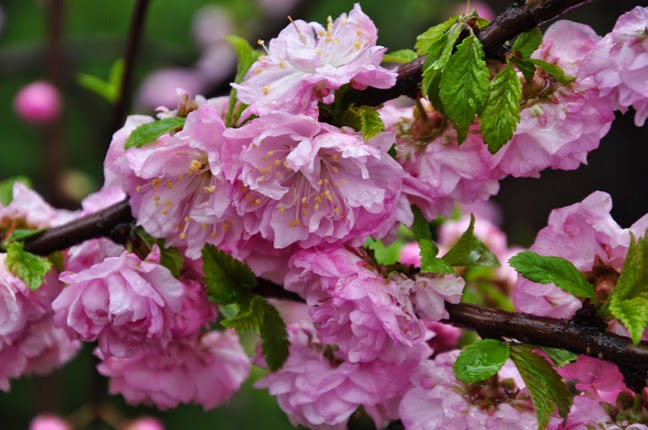









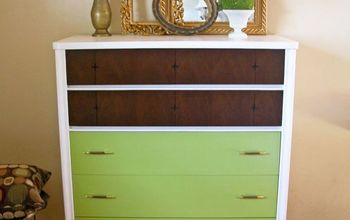
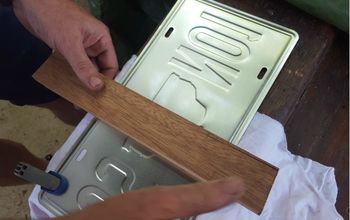



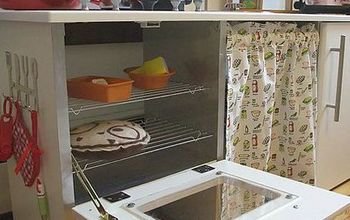
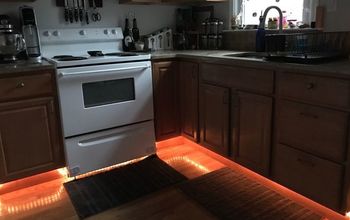











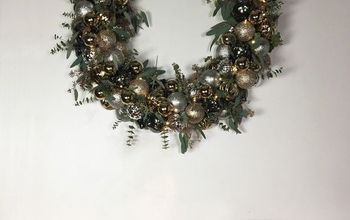


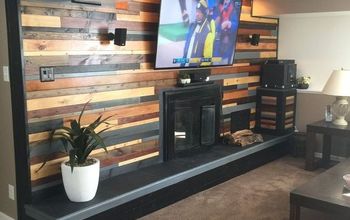

Frequently asked questions
Have a question about this project?